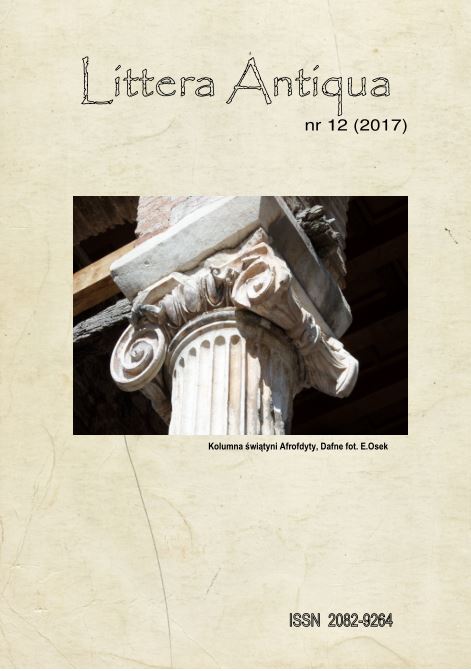
We kindly inform you that, as long as the subject affiliation of our 300.000+ articles is in progress, you might get unsufficient or no results on your third level or second level search. In this case, please broaden your search criteria.

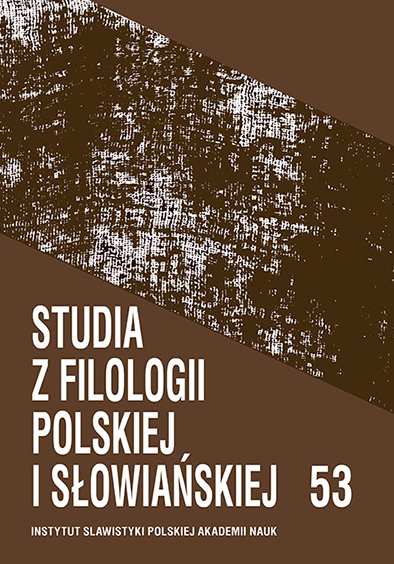
The source of the analysed material is the anthology Mystets’kyĭ Barbakan, only 300 copies of which have been printed. It is a collection of works of literature, journalism, and art from the period of the Ukrainian Revolution of Dignity (the so-called Maĭdan) of 2013–2014. We focus on the works of art containing both words and images and we combine approaches from language and cultural studies: the imaging devices used in these selected works have been analyzed using the tools of poetics of literature and media, as well as linguistic methodology
More...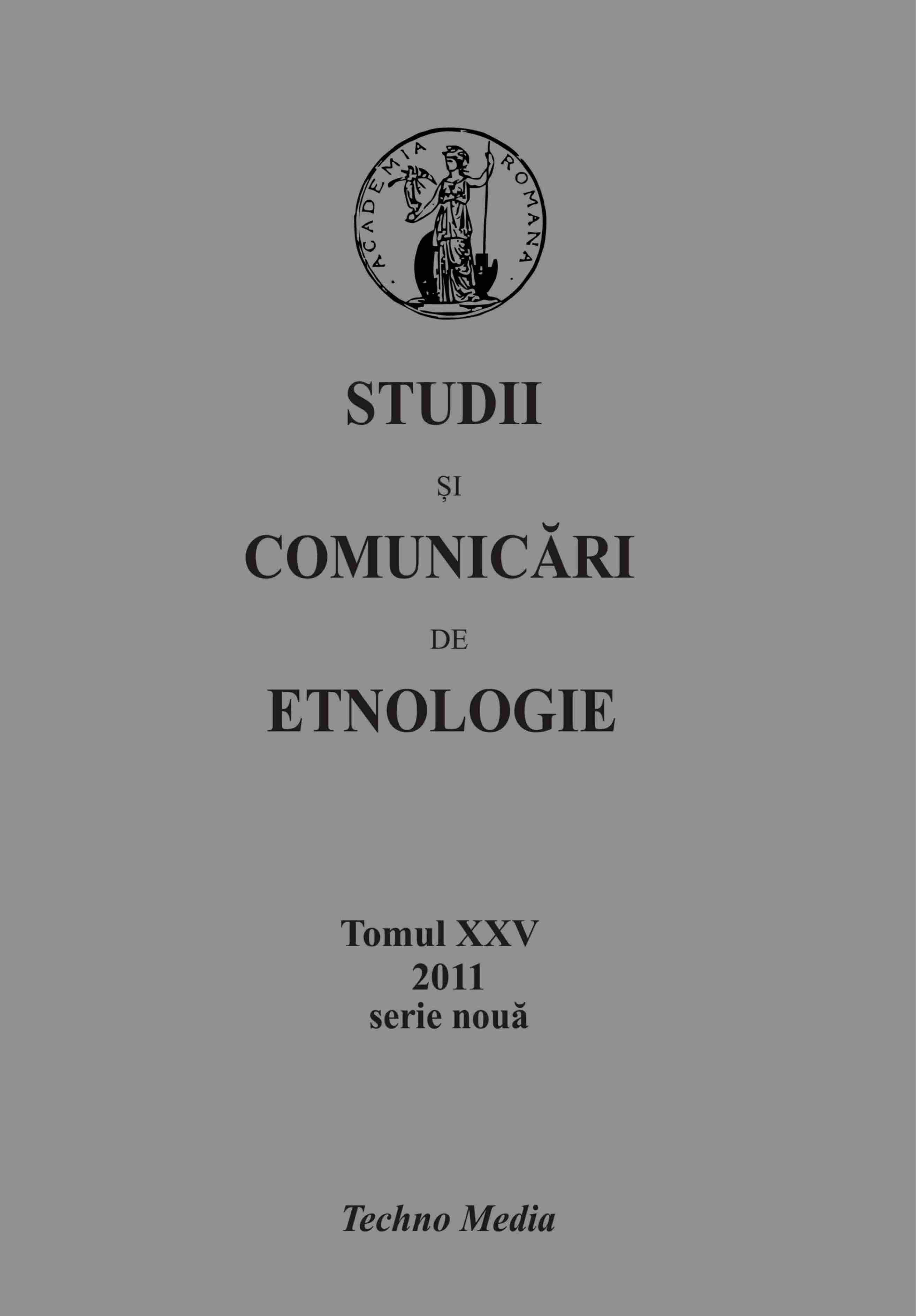
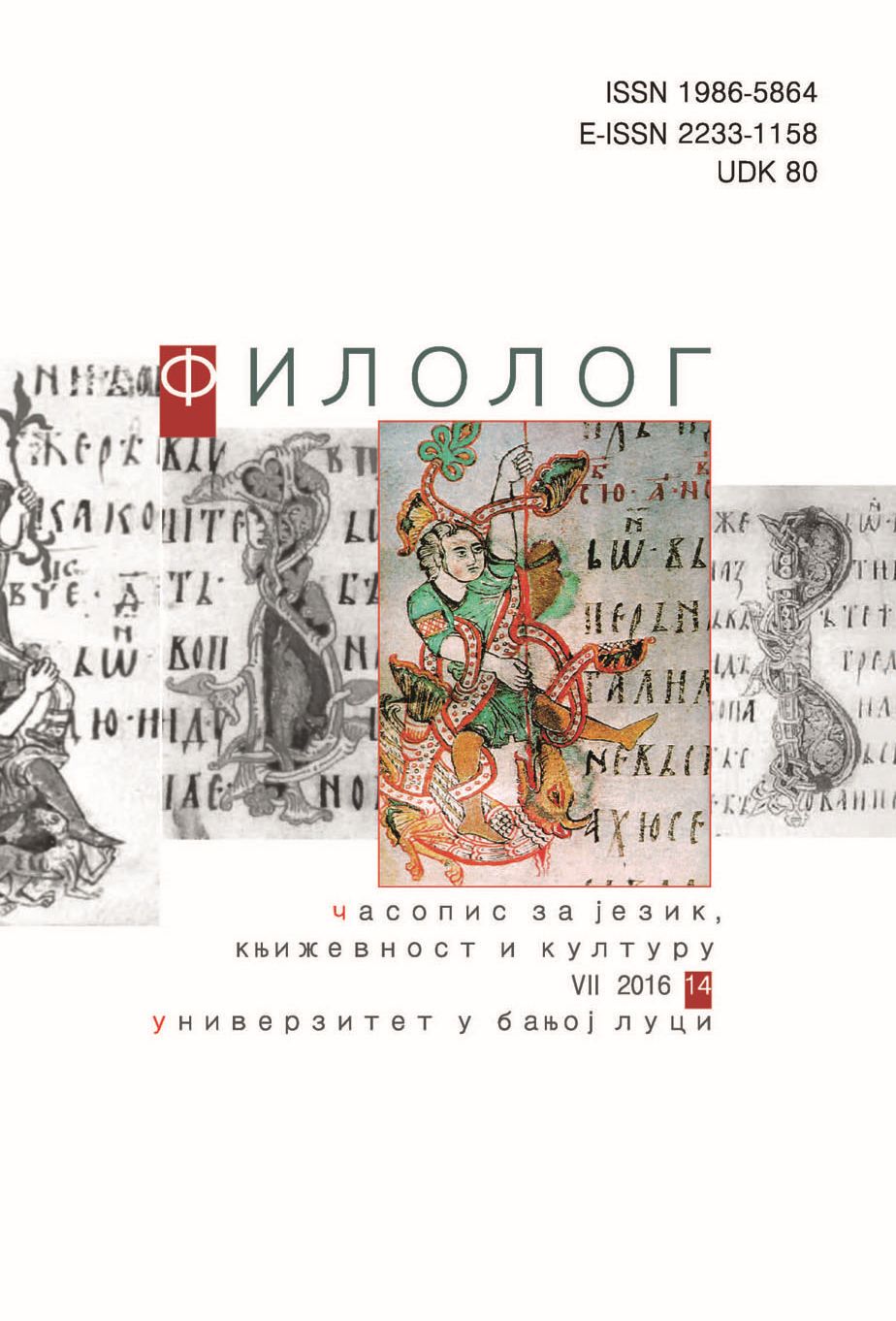
The aim of this paper is to analyse and compare several collections of Serbian poetry, made in the twentieth and in the beginning of the twenty-first century, primarily through the examination of the accompanying texts written by their authors, particulary if they contain a critical, theoretical and methodological basis for specifying the selection criteria. It is important to determine how the selections were made, namely, to determine the role of aestheticism – the performance of aesthetic values as axiological criteria in their formation. Therefore, the function of those collections in the field of the history of literature and literary canon, would be pointed out. Attention is primarily focused on highlighting the explicitly shown principles of selection, formed by the editors themselves, without problematising how the subsequent collection followed the mentioned methodological procedure.
More...
Review of: Keele maitsest. Luuleantoloogia. Koostaja Mart Velsker. Idee autor ja kaaskoostaja Tõnu Tender. Tallinn: EKSA, 2018. 463 lk.
More...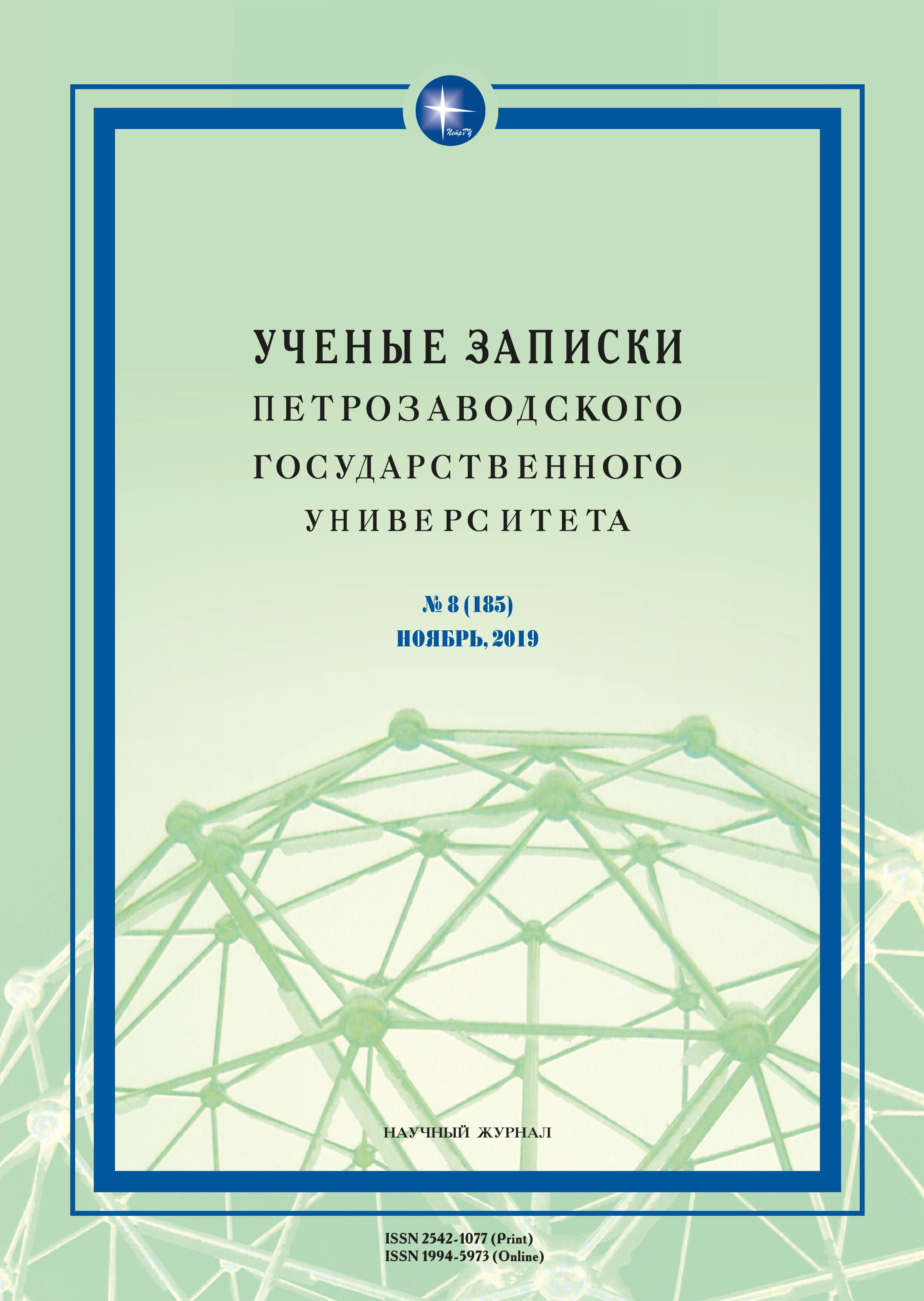
The issue of military captivity, poorly studied during the Soviet period for ideological reasons, has become a subject of scientific research only since the early 1990s and has not lost its relevance so far. The current stage of Russian historiography is characterized by a certain fragmentation: there are only a few articles and publications that address, one way or another, the issues of Soviet prisoners of war (POW) in Finnish concentration camps between 1941 and 1944. In Finnish historiography, the issue of the number of POWs has been studied extensively, while the debatable question of the causes for their high mortality rate still remains unanswered. The comprehensive development of this topic will contribute to the elimination of the “white spots” of history, and will close the existing historiographic gap. This is precisely the purpose of this article, which for the first time considers the existing Russian and Finnish historiography in one context.
More...
The present paper aims to offer Anglophone researchers a selection of translated quotes from Mihai Eminescu’s non-literary oeuvre, relevant to the philosophy of history of the most complex Romanian author of the nineteenth century. It should thus become possible to reconsider Eminescu’s position within the concert of European philosophers of history. The fragments gathered here stem mainly from his activity as a cultural and political journalist, throughout which he voiced, albeit unsystematically, his views on history. Although he did not ultimately articulate an academic philosophy of history per se, these fragments, now available in English for the first time, may give valuable insights into Eminescu’s conception of history. Above all else, they meaningfully complement whatever can be gleaned from Eminescu’s already translated poetry or literary prose. Hopefully the fragments presented here will aid scholars in establishing more precisely what Eminescu’s views on history owe to Schopenhauer’s metaphysics and what to the proper philosophy of history he could find in Hegel. This is a double allegiance scholars have also recognized in Maiorescu’s work. By the same token, it would further be important to chart Eminescu’s ambivalence towards Hegel, an ambivalence also visible in the works of Romanian philosopher Vasile Conta. Finally, the fragments below may help to bring to the fore the complex interplay between Hegelian theodicy and Kantian teleology in Eminescu’s historical thought.
More...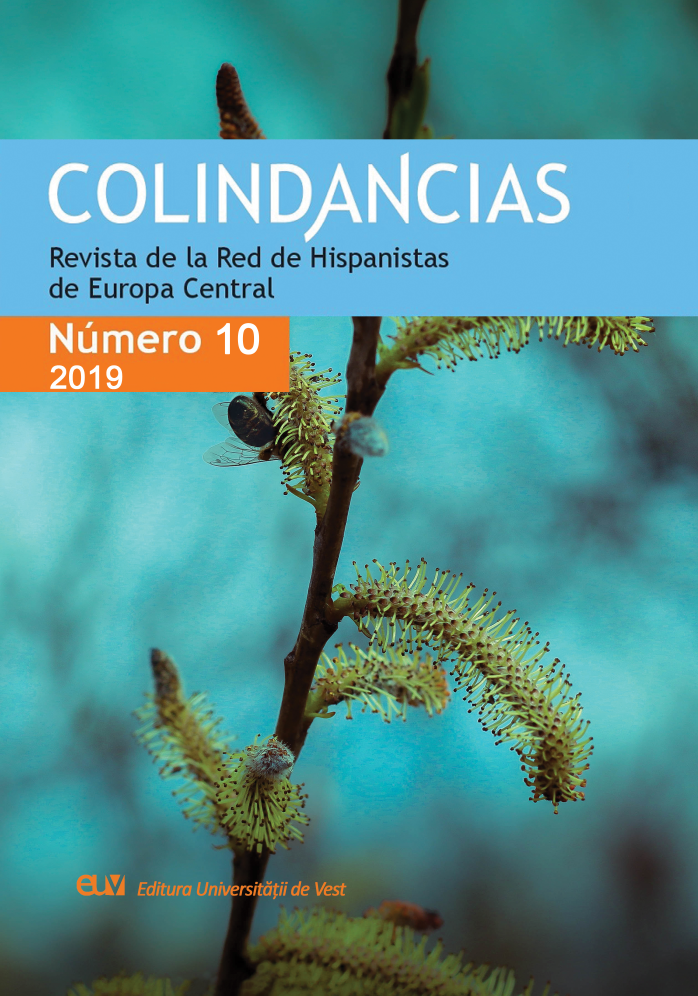
Resumen: Desde su formación, el futuro de subjuntivo muestra una distribución sintáctica restringida al no concurrir en oraciones independientes y al estar asociado solo a determinados tipos de oraciones subordinadas, como condicionales, temporales, locativas, modales y relativas. Únicamente las relativas restrictivas están orientadas hacia el futuro, y en ellas el uso de la forma verbal en -re mostrará una especial vigencia hasta la primera mitad del siglo XVII. El objetivo del presente estudio es, por consiguiente, examinar las consideraciones surgidas hasta ahora sobre la restricción distribucional de amare y ame enlas OORR restrictivas. Para ello, tomaremos como punto de partida algunos ejemplos extraídos de nuestro corpus con el fin de que nuestra contribución al empleo del futuro de subjuntivo dentro de este tipo de subordinadas durante el siglo XVII sea lo más precisa posible. Abstract: Since its formation, the future of the subjunctive shows a restricted syntactic distribution by not co-occuring in independent sentences and by being associated only with certain types of subordinate sentences, such as conditional, temporary, locative, modal and relative. Among the latter, only the restrictive relative clauses are oriented towards the future, and the use of the verbal form ending in-re will show a special validity until the first half of the 17th century. The objective of the present study is, then, to examine the considerations that have emerged until now about the distributional restriction of amare and ame in the restrictive clauses. For this purpose, some examples will be extracted as a starting point from our corpus in order to provide a contribution as accurate as possible to the use of the future of subjunctive within this type of subordinates during the17th century.
More...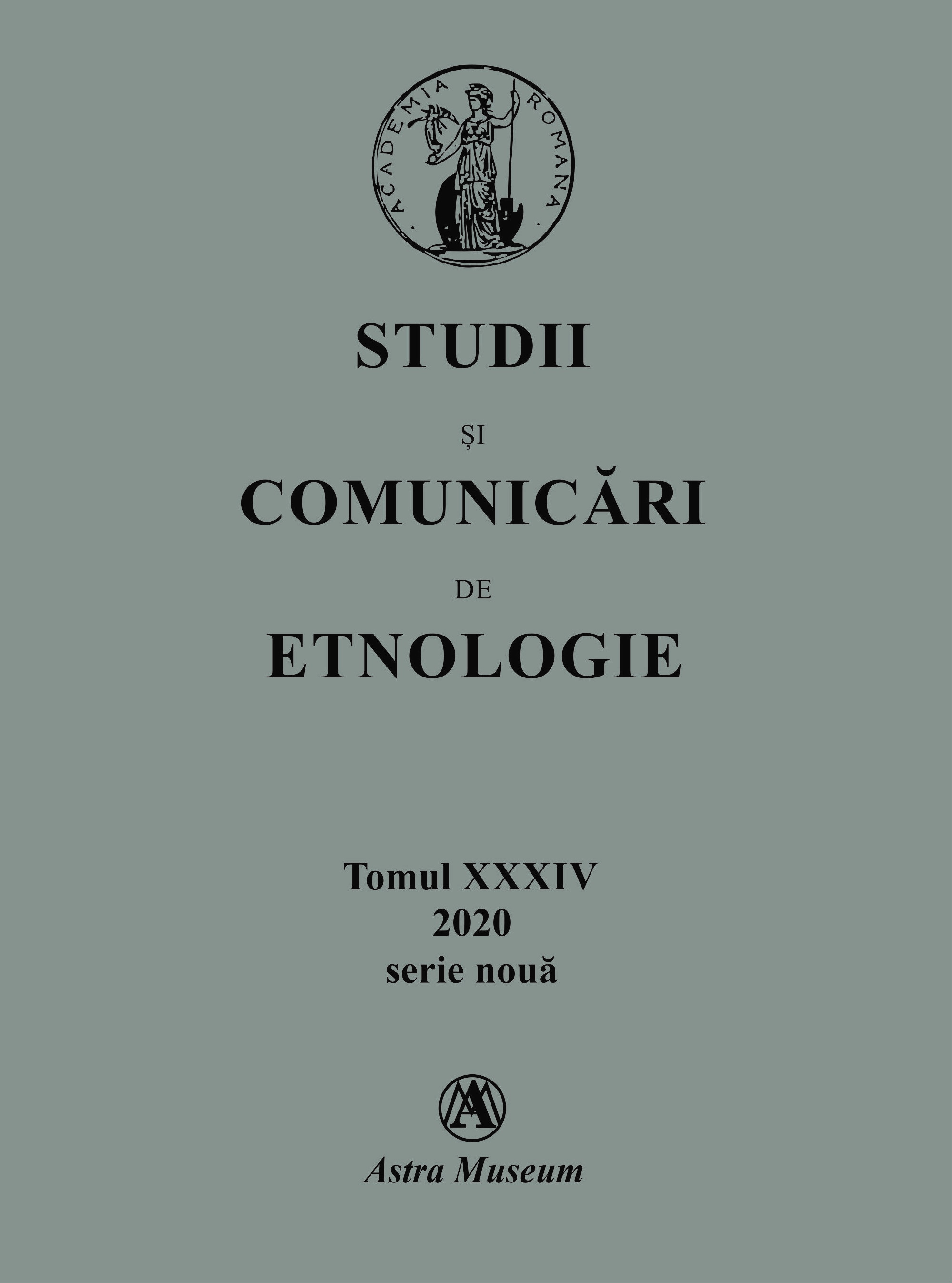
Die vorliegende Abhandlung von Petre Florea weist Forscher auf ein Fragment aus dem Manuskript Nr. 5102 in der Bibliothek der Rumänischen Akademie hin. Das Manuskript trägt die Überschrift „Bräuche und Traditionen an Feiertagen im Jahreslauf von Januar bis Dezember im Stadtteil Tinchilești in Bukarest und anderswo“. Der Verfasser übernimmt aus dem genannten Manuskript nur die Seiten, die sich auf die Winterfeiertage beziehen. Er fügt zum Text noch einige Details zum Armenviertel Tinchilești und den dort von Petre Ispirescu erstellten Folklore-Sammlungen hinzu. Durch die Veröffentlichung dieser bisher noch nicht publizierten Seiten ruft Petre Florea indirekt, aber mit großer Freude, die Erinnerung an einen der beliebtesten „Schriftsteller unserer Kindheit, Petre Ispirescu“ hervor.
More...
Der Verfasser des vorliegenden Beitrags besorgte die kritische Ausgabe der von Lucian Blaga herausgegebenen Anthologie der Volksdichtung. Darin überprüfte, ergänzte und berichtigte er alle von Blaga verwendeten Quellen, wies auf Unterschiede zwischen Originalen und den vom Dichter wiedergegebenen Varianten hin, fasste Kommentare von Blaga und anderen Autoren zu verschiedenen Gedichten zusammen und gab auch Varianten jener Gedichte an, die er in Folklore-Publikationen ausfindig machen konnte. Dabei übernahm er deutsche Übertragungen von A. Greive, G. Schüler und Ion Taloș. Im vorliegenden Beitrag extrahierte er aus dieser kritischen Edition drei Beispiele, nämlich die Nr. 2, 87 und 109, aus denen man erahnen kann, wie die geplante Anthologie-Ausgabe aussehen wird, deren Veröffentlichung hoffentlich nicht länger auf sich warten lassen wird.
More...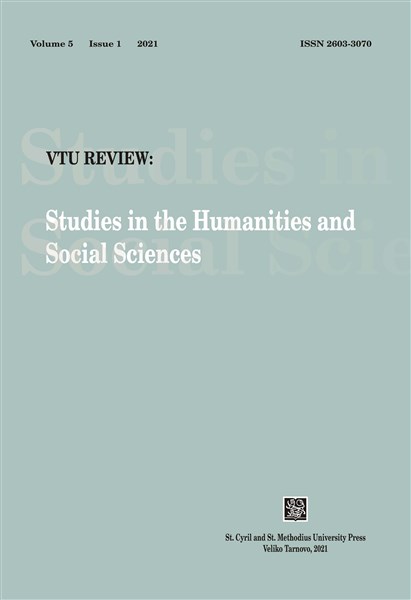
The article focuses on translations into Irish of literary texts by writers from several central and eastern European countries. The author adopts a historical approach by first drawing attention to the Irish language as a means of literary expression and a vehicle for the translation of classical texts in the Middle Ages. Irish came under sustained attack because of English rule from the seventeenth century onwards and was only spoken by the poor and the marginalized in the middle of the nineteenth century. However, towards the end of the nineteenth century the language experienced a revival. The latter process was intensified following the establishment of the Irish Free State in 1922. In 1926, a project for literacy and provision of reading material in the Irish language was implemented, and a government publishing company known as An Gúm started producing books for the new Irish-reading public. Since the start of the project, the general tendency has been for books by western European writers to be translated into Irish. However, a significant number of texts by eastern and central European authors, ranging from classics by Tolstoy and Chekhov to novels and short stories by contemporary Russian and Slovenian authors, have also been published over the years.
More...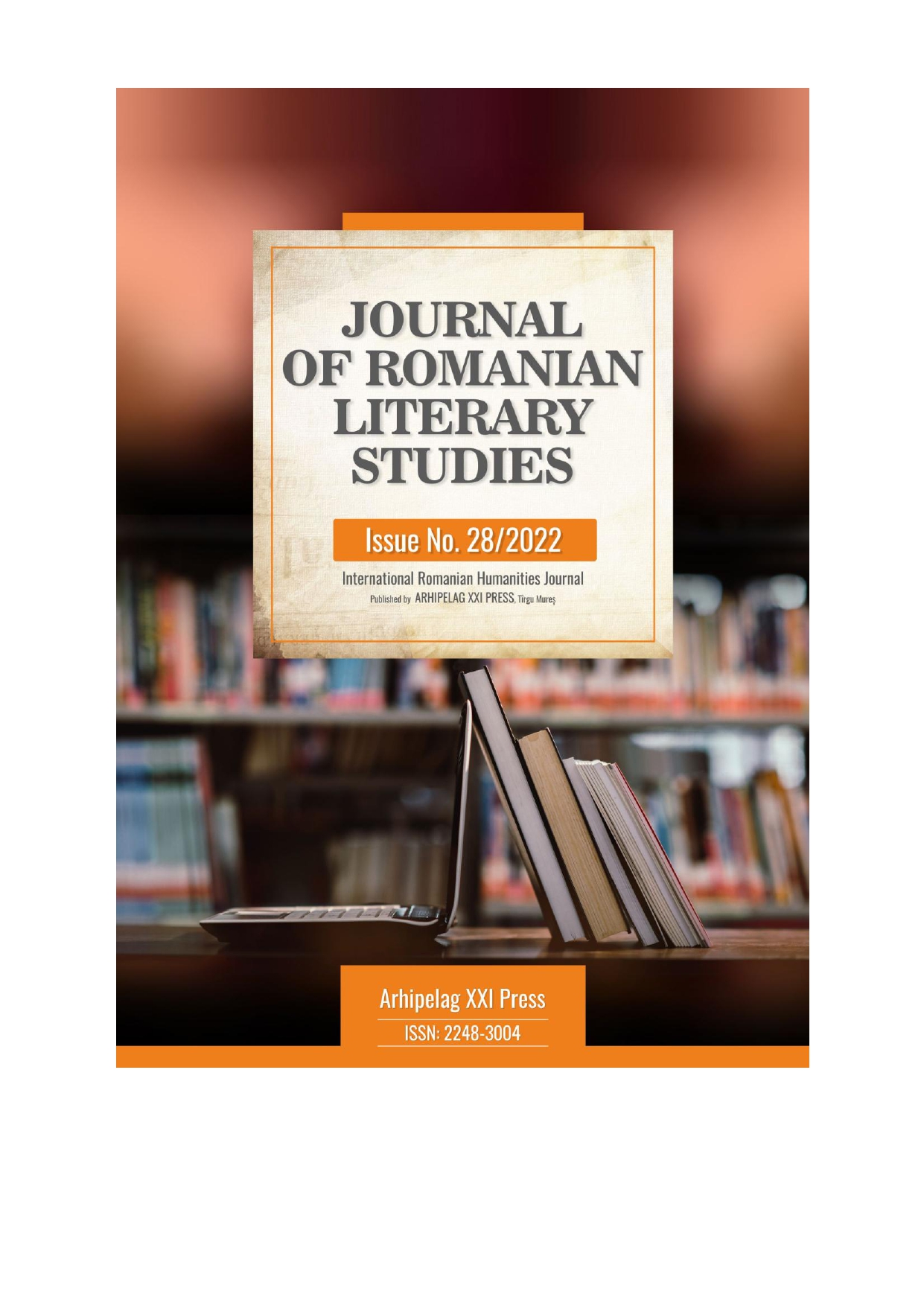
Family is what we cherish the most and the thing we all dream about. It is the first group of people that helps us, teaches and raises us to become the best version of ourselves. The roots we have planted in the ground cannot be broken by any storm or catastrophe and the soil below our feet still bares the blood of our ancestors. Sometimes, due to the tragic history facts we are unable to find the tombstone of our predecessors and there is nobody left to tell their stories. But we know deep inside that nothing can stop us to go back to the place that we love, we respect and we call home. That’s what Amin Maalouf teaches us in his essay “Origines”: the past will wait for you, even if you feel that you can’t understand or rediscover it. It will appear to us like a puzzle with all the pieces scattered around the globe and with no instructions. We will have to depend on luck, destiny and all the senses that we have inherited from our lineage to break through its darkness and bring to light all of those questions that seemed to be a dead end: Why do I look nothing alike my parents? Why is my skin so dark or so pale in rapport with that of my brothers? Why do I feel like I’ve lived this situation before? Our article will analyze the road down on memory lane done by one of the greatest French Lebanese authors, Amin Maalouf, the grief, the loss ant the catharsis that come with an incursion in the cold and gloomy past.
More...
In this study we aim to analyze some of the popular fairy tales collected from Bucovina, by the famous folklorist S. FL. Marian. The interpretation of the texts has as orientation points: Mythology, magical thinking, illustrated by Lucian Blaga, but also symbolic valences of objects and beings represented in popular fantasy texts, as an integral part of the popular epic in Bucovina. The hermeneutic process is focused on highlighting mythic-symbolic elements such as fish, rose, deer, golden apple, rain or tree-legged horse from the stories selected for analysis. Both studies and dictionaries will outline the significance at least partially of the symbol elements identified in the fairy tales quoted in the Article.
More...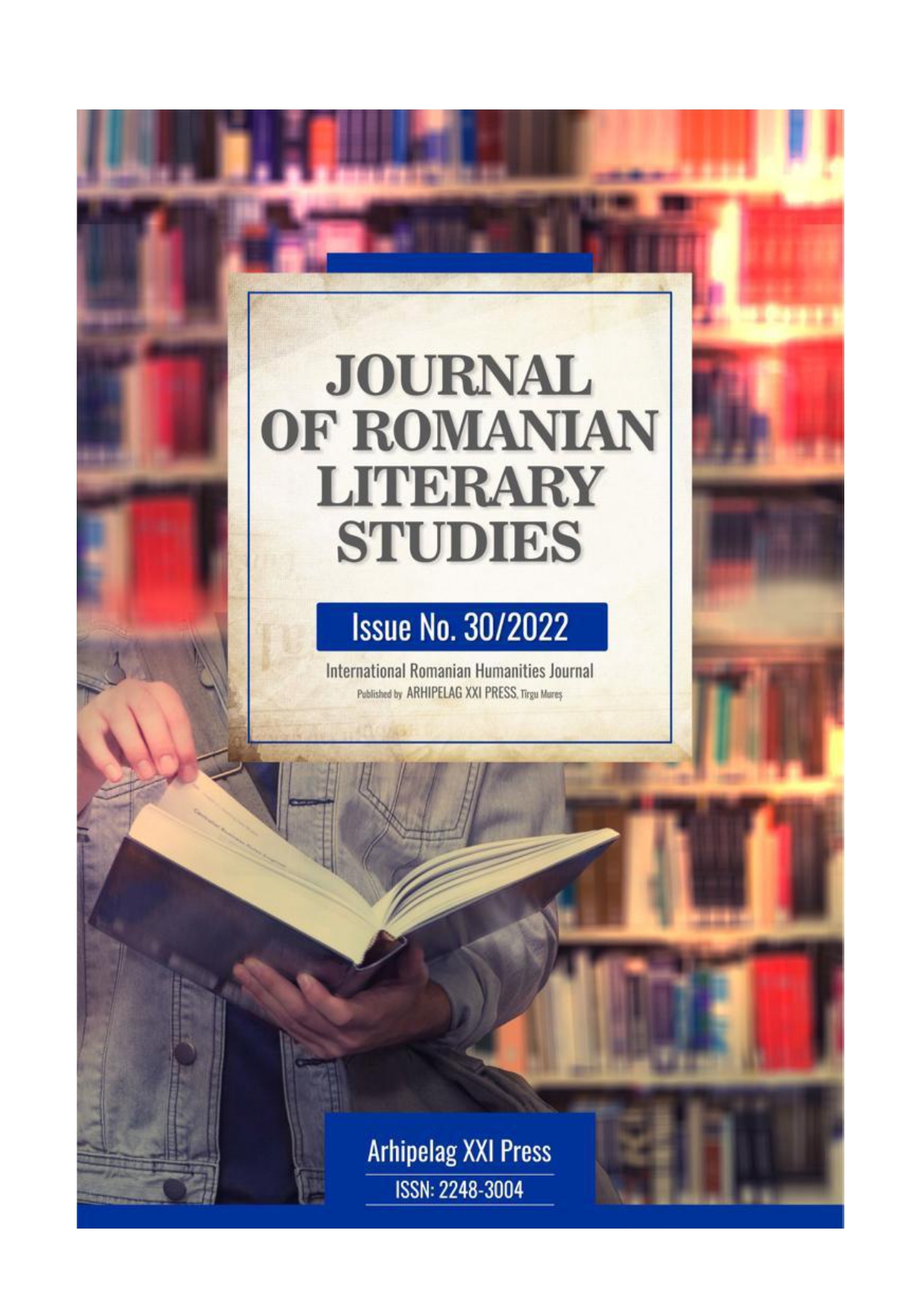
In this critical essay I have been trying to describe and comprehend the work of a famous and praised Romanian-American scholar, the emerittus and appointed distinguished professor of Washington Catholic University, Virgil Nemoianu. I have divided on purpose the critical essay in two different parts, separating The Romanian and American contributions, and I have analysed his Romanian works and American works separately, trying to discover the core thesis of this texts. In the second part I have been focused on three different studies, The Taming of Romanticism, A Theory of the Secondary and Micro-Armonia, stressing on the idea that all of them had a considerably impact on his Romanian colleagues, for example taking into account the fact that his anthology The Hospitable Canon, he has introduced after 1990 in his Romanian language publishing the literary term “canon” in an imaginary Romanian critic terms dictionary. The term „canon” has been used for example by Professor N.Manolescu in his Critical History of Romanian Literature. Professor V.Nemoianu has started recently to publish his entire work in a huge critical edition, translating all his American studies into Romanian, at Spandugino Publishing House. He has published his works chronologically, starting with the studies he had published before leaving his country, and he continued with the new editions of his most praised works on Romanticism, Idilic literature, and the theory of the secondary at works of Michel Serres, Lucian Blaga and René Girard, postmodernism, different essays on religion and Romanian liberalism, a monograph on the poetry of reknown Romanian poet Ștefan Augustin Doinaș, his travel diaries and autobiographical memoirs, etc. If somebody will assume this huge task of analysis all these facettes of his work should take into account the interdisciplinarity of his approaches, Virgil Nemoianu’s work has been influenced by European Illuminism, but he must start with his formation of an English literature professor and who has later has become a World Literature and Compared Literature, and somebody must stress on the complexity of these texts.
More...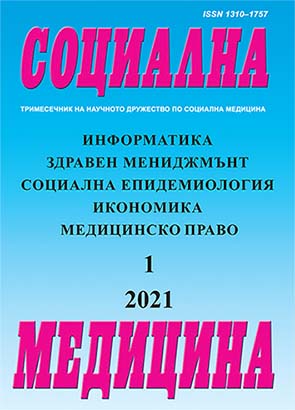

This paper reviews Florian Andrei Vlad’ s Lights and Shadows in the Post‐9/11 Age: Literature, Trauma, and Geopolitics, a work that applies trauma theory on three contemporary prose writings that tackle 9/11: John Updike’s Terrorist, Jonathan Safran Foer’s Extremely Loud and Incredibly Close, and Don DeLillo’s Falling Man. The close reading chapters, together with the introduction to trauma theory and the overview of the geopolitical context of the event build up a complete picture that reveals the consequences produced by the attack at a psychological, social, and cultural level.
More...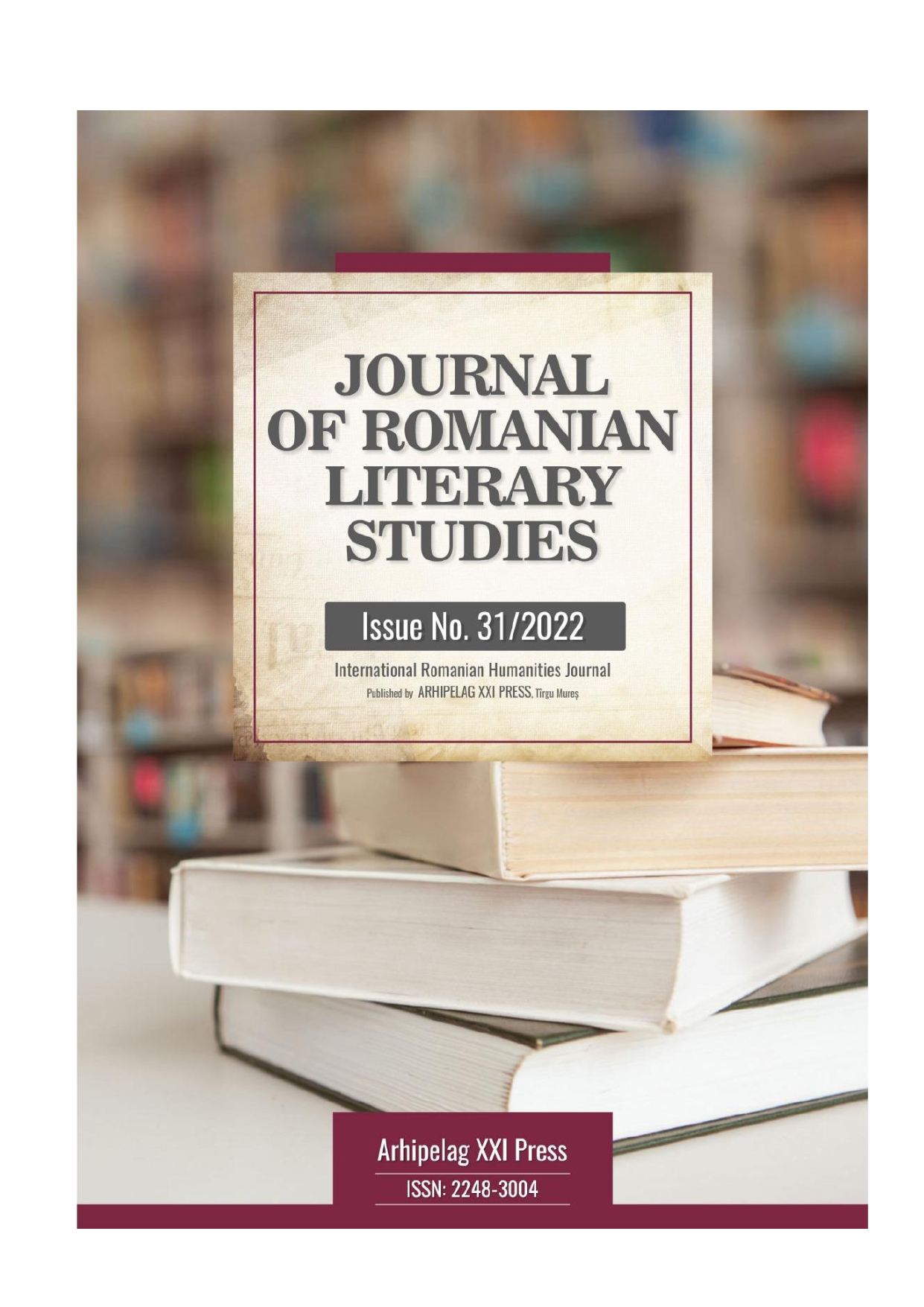
The post-bellum literary criticism has acquired new research directions through the studies of theoreticians who created the psycho-analyst and feminist deconstructionist criticism, the New Historicism and the post-modernist poetics. The theoretical references of the paper lie in the New Historicism from Linda Hutchinson's perspective, in some aspects of the post-modernist poetics as seen by Liviu Petrescu and Mircea Cărtărescu, and in notions of hyper-reality, simulacra and simulation in Jean Baudrillard philosophy. The methods that were used are the comparative analysis of some late 20th century literary texts and the word and syntagm linguistic frequency analysis using word counter application. Some fragments from Romulus Rusan's Greyhound America memorialist travel journal will be approached in intertextual, historical and multi-disciplinal ways, and some articles from 1977 Flacăra magazine articles will be mentioned as well. The goal is to find a contemporary meaning to the political and ideological senses of the past and to understand how a certain political, social and cultural context have influenced the production of a literary work and how such work's reception will be differ subject to each generation's cognitive horizon.
More...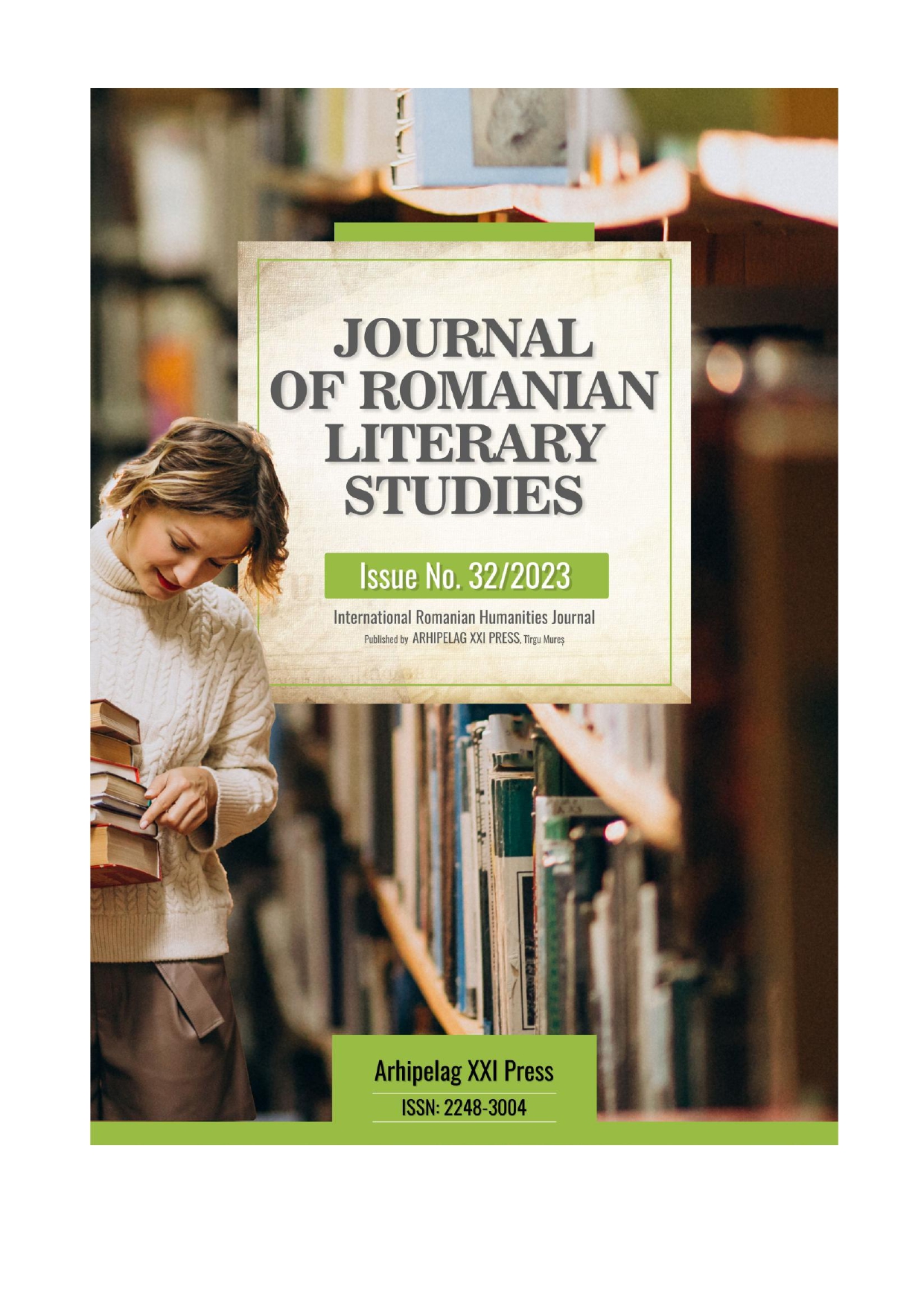
This paper seeks to uncover Seneca's brilliance as a writer, unearthing his use of rhetorical devices and tropes alongside the sophisticated methods he employed to construct literary and philosophical personas in both prose and dramatic works. In an era characterized by tyranny, suffering from disease and premature death, Senator Seneca proclaimed hope through Stoicism – delivering a new message that provided comfort amidst distress during times of political instability. Rhetoric, the science of persuasive public speaking, has been a pivotal part in communication since ancient times. The form of rhetoric provides insight into what was intended to be communicated by the speaker and their intention for forming a relationship with their audience.
More...
The question of death is one of the main, obsessive themes of the Romanian philosopher. In his famous essays, Cioran chooses to delve into the many facets of this subject, setting out one by one in a lyrical tone full of meaning and dominated by sensitivity, the conclusions of his personal filter. The meticulous description of the enduring agony reaches unimaginable limits and reveals a unique, impressive perspective of the path to the abyss.
More...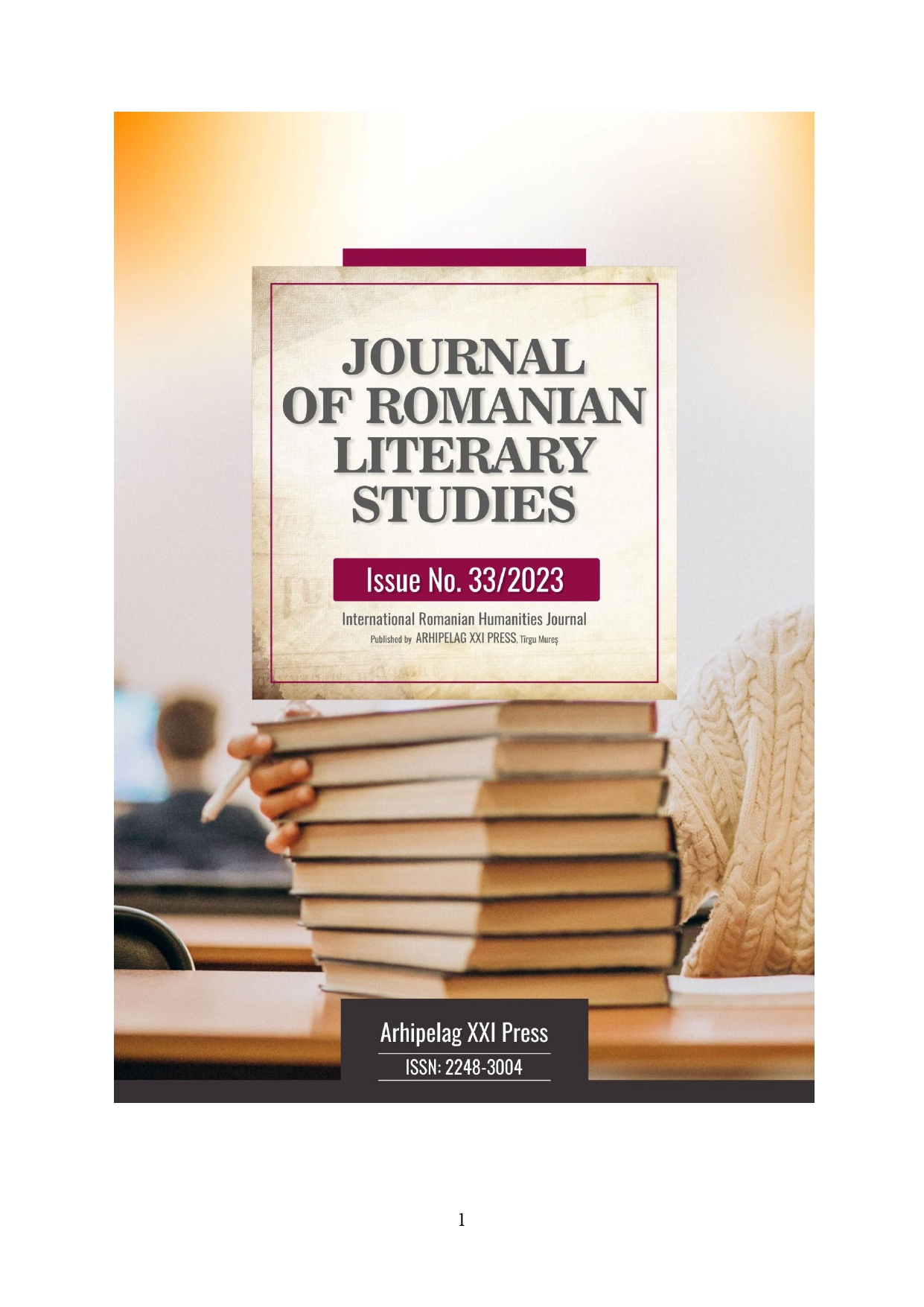
The aim of this research project is to analyze the anecdotal spirit of G. Călinescu that includes him in the line of the greatest storytellers of our culture. Capturing not only the frames of the literary works, but also the human essence of their authors, G. Călinescu has the gift of creating narrative plots that are inherent in the critical act. The role of the anecdote is, on the one hand, to humanize the critical discourse and decrease the distance between the reader and the writers, usually seen as unattainable figures, and, on the other hand, the anecdote has, undoubtedly, a playful dimension. Through his monumental pages, G. Călinescu emphasizes the universal tendency of men to crop the quotidian sequences of other people’s habits and to integrate them in the largest form of narration which is Life.
More...